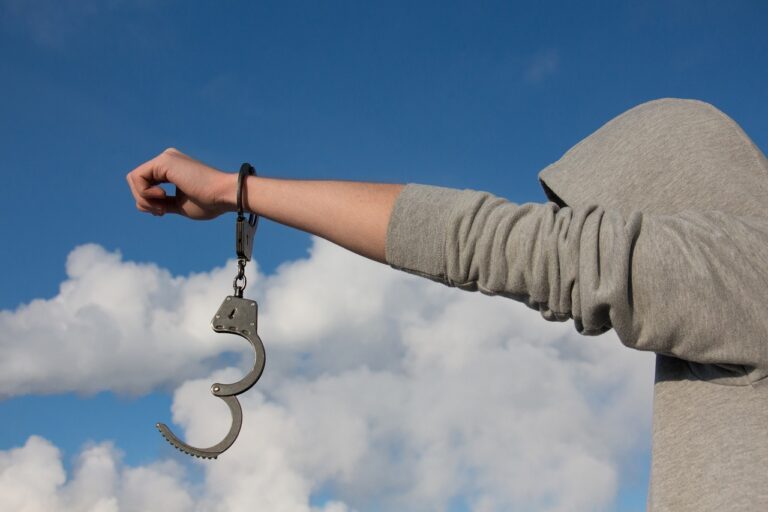Top 10 Coping Strategies for Overcoming Cravings and Triggers
Cravings and triggers are a common challenge for anyone recovering from addiction. Developing effective coping strategies is crucial to overcoming these hurdles and maintaining sobriety. This blog post provides practical strategies to help manage cravings and avoid triggers, offering a pathway to a healthier, addiction-free life.
Understanding Cravings and Triggers
Cravings are intense urges to use a substance or engage in a behavior, while triggers are people, places, or situations that evoke these cravings. Both play a significant role in addiction and recovery. Physical cravings are driven by the body’s dependence on the substance, while psychological cravings stem from emotional and mental associations with the addiction.
1: Identify and Avoid Triggers
Recognizing common triggers is the first step in managing them. Triggers can include certain people, environments, or emotional states. Here are some tips:
- Identify Triggers: Keep a journal to track situations or feelings that prompt cravings.
- Avoid or Minimize Exposure: Stay away from places or people that remind you of the addiction.
- Create a Trigger-Free Environment: Remove items that remind you of the substance or behavior.
2: Practice Mindfulness and Meditation
Mindfulness and meditation can help manage cravings by promoting relaxation and self-awareness.
- Benefits of Mindfulness: Reduces stress and improves emotional regulation.
- Mindfulness Exercises: Practice deep breathing, body scans, or mindful walking.
- Incorporate Meditation: Dedicate a few minutes daily to meditation to center your mind and body.
3: Develop Healthy Routines
Structure and routine are vital for stability in recovery.
- Healthy Daily Habits: Establish a consistent wake-up time, balanced meals, and regular exercise.
- Benefits of Routine: Provides predictability and reduces the likelihood of encountering triggers.
- Daily Planning: Use planners or apps to organize your day and stay focused.
4: Engage in Physical Activity
Exercise is a powerful tool for combating cravings.
- Mental and Physical Benefits: Improves mood, reduces anxiety, and boosts physical health.
- Types of Activities: Consider walking, running, yoga, or team sports.
- Consistent Exercise Routine: Aim for at least 30 minutes of physical activity most days of the week.
5: Utilize Support Networks
Social support is crucial in overcoming addiction.
- Role of Support Networks: Provides emotional backing and accountability.
- Building Support Networks: Connect with family, friends, or join support groups like AA or NA.
- Benefits of Peer Support: Share experiences and strategies with others facing similar challenges.
6: Practice Cognitive Behavioral Techniques
Cognitive Behavioral Therapy (CBT) is effective in managing cravings.
- Introduction to CBT: Focuses on changing negative thought patterns and behaviors.
- CBT Techniques: Challenge irrational thoughts, practice self-talk, and develop coping skills.
- Implementing CBT: Work with a therapist or use self-help CBT resources.
7: Focus on Nutrition and Hydration
Diet and hydration significantly impact your physical and emotional well-being.
- Diet and Cravings: Eat balanced meals rich in nutrients to stabilize blood sugar levels.
- Healthy Eating Tips: Include fruits, vegetables, lean proteins, and whole grains.
- Stay Hydrated: Drink plenty of water to stay hydrated, which can help manage cravings.
8: Use Distraction Techniques
Distractions can help redirect your focus away from cravings.
- Effective Distractions: Engage in hobbies, creative pursuits, or volunteer work.
- Create a Distraction List: Have a list of go-to activities to turn to when cravings hit.
- Stay Engaged: Keep yourself busy with productive and enjoyable tasks.
9: Set Short-Term and Long-Term Goals
Goal setting provides motivation and direction.
- Importance of Goals: Helps track progress and maintain focus on recovery.
- Setting Realistic Goals: Break down larger goals into achievable steps.
- Celebrate Milestones: Recognize and reward yourself for reaching your goals.
10: Seek Professional Help When Needed
Professional support is sometimes necessary to overcome addiction.
- When to Seek Help: If cravings become overwhelming or unmanageable.
- Types of Professional Support: Therapists, counselors, and rehab centers.
- Finding Support: Research and connect with addiction specialists in your area.
Overcoming cravings and triggers is a critical part of the recovery journey. By identifying and avoiding triggers, practicing mindfulness, developing healthy routines, engaging in physical activity, utilizing support networks, practicing CBT, focusing on nutrition and hydration, using distraction techniques, setting goals, and seeking professional help, you can effectively manage cravings and maintain sobriety. Remember, recovery is a continuous process, and persistence, self-compassion, and support are key to long-term success.
If you or a loved one is struggling with addiction, don’t hesitate to seek help. There are numerous resources available to guide you through recovery.





